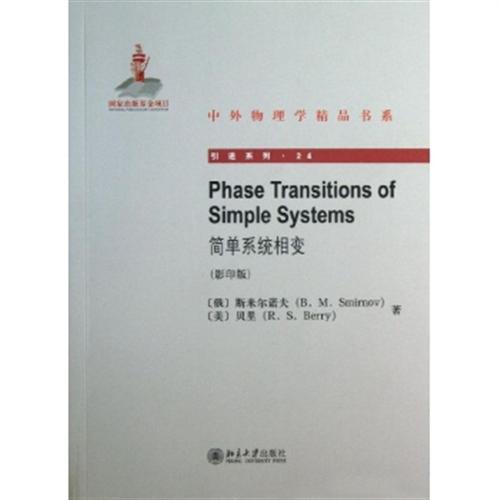简单系统相变 [2015-06-15] |
|
索书号 O4/Z698/v.24 Introduction. |
首 页 >> 上架新书






